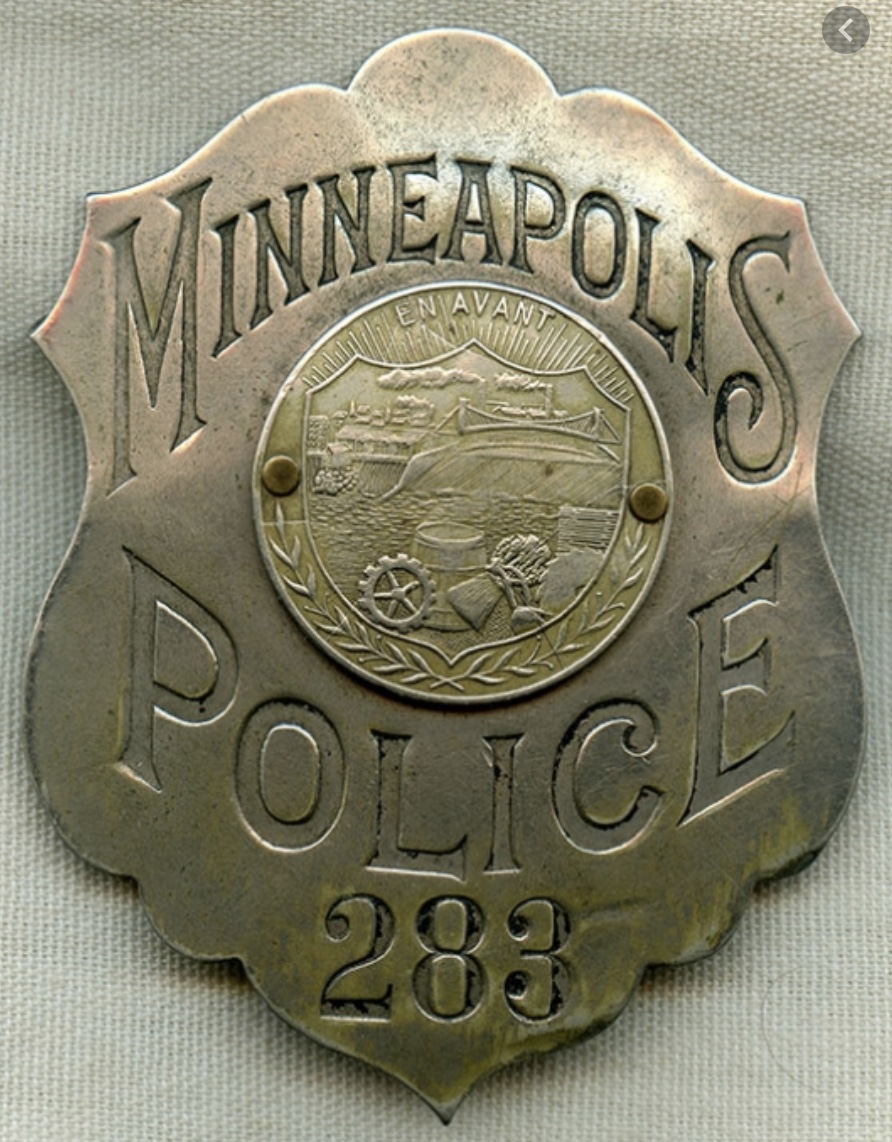interesting objects
Here is a dark lantern from the museum’s collection:


Dark lanterns were standard equipment for watchmen, military and police in the late 1800s.
While regular lanterns shed light from the time they are lit until they are extinguished, dark lanterns are made with doors and other devices to allow or block the shedding of light while remaining lit.
According to the Dark Lantern Tales website:
“Typical dark lanterns were about the size and shape of a small modern thermos bottle, and had a fount for oil in the bottom. A cap with a wick (or wicks) was mounted directly to the top of this reservoir, and in most models the cap also served as a port to fill it. In the cylindrical body of the lantern, a shutter could be rotated to block light from coming through a large “Bull’s Eye” lens on the front. At the top of the lantern was a vent that allowed exhaust from the flame to exit but retain the light. These distinctive vents were usually made with two metal disks that were stamped into flutes that taper to the middle. The effect is sort of a ruffled top to the whole device. At the back of the lantern were wire handles to protect the user from the hot sides (policemen and watchmen kept them lit for upwards of six hours while on patrol), and usually a clip to hang the lantern on the user’s belt. There are anecdotes that describe patrolmen keeping a lit lantern on their belt beneath their great coat to stay warm in very cold weather.”
To learn more about dark lanterns, visit Dark Lantern Tales
***
Here is our banner from the Last Man’s Club:

The concept of the “Last Man’s Club” originated with World War One Veterans. Members were men who had served in the war, survived, and were now living back home and engaged in a variety of occupations.
The Minneapolis Police “Last Man’s Club” was founded in 1936 by fourteen World War One Veterans of the Minnehaha Station.
It was a unique group because it was the only “Last Man’s Club” in the country that was comprised entirely of police officers.
The Minneapolis Police “Last Man’s Club” held an annual meeting for many years until most of its members had passed away.
***
Here is a placard that was used in an exhibit during National Police Week in May of 1969:

***
Here are a pair of spurs worn by members of the Minneapolis Police Mounted Patrol in the 1880s. They are made of steel, steel chain, and leather.

***
We are fortunate to have in our collection a 1942 version of the Harger Drunkometer.

The Harger Drunkometer was the precursor to the Breathalyzer.
Professor Rolla Neil Harger of the Indiana University School of Medicine invented this device in 1931 to help law enforcement test people for suspicion of drunk driving.
Later, in 1938, Mr. Harger was one of five people chosen for the Subcommittee of the National Safety Council which drafted legislation defining blood alcohol content limits for drunk driving.
***
Here is a pocket-sized Fingerprint Kit from our collection. It was manufactured by the Sirchie Fingerprint Laboratories of Morristown, New Jersey in 1964:

